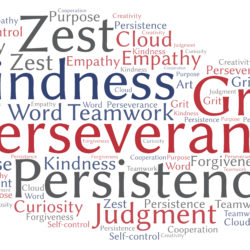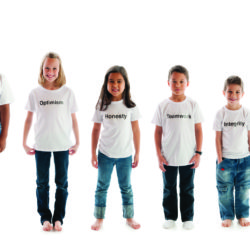By Heather Eckert, Assistant Head of School for Enrollment Management, Indian Mountain School
After sitting on the secondary school side of the admission desk for years, I admit that I was not exactly sure what awaited me when I took over the admission efforts at a boarding and day school for grades preK–9. Yes, I had worked with graduates from junior boarding schools during my time at secondary schools, and I had a strong sense of the school communities, programs, character development, and diverse classroom and elective offerings they could provide. I was used to seeing the educational outcomes at secondary schools; in my new role, I was able to witness the transformative journey that takes place at a junior boarding school.
As I begin my third year, I have seen firsthand how profound and necessary this type of educational experience is for so many adolescents. Junior boarding schools are remarkable places where middle school students can live and learn. Quite frankly, they are the best-kept secret in the boarding school—and middle school—landscape.
Experts in Middle School Education
For decades, junior boarding schools have focused on and studied the transformative—and sometimes tumultuous—middle school years. They are experts on creating innovative, caring, close-knit residential communities where the faculty and administrators not only understand students in that age group, but are leaders in their craft. They truly “get” what it means to be a 10–15-year-old. With academics, electives, weekend activities, and leadership roles, the 24/7 learning environment enables students to embrace a growth mindset and develop independence by living away from home as a sixth through ninth grader. It’s a place where it is cool to be smart and to want to learn and a home for students who might otherwise be in a classroom where not all their peers are on the same page academically or where learning is a secondary focus. For those who are ready, it is an environment where students will find like-minded friends, committed and passionate teachers, and the opportunity to be challenged and stimulated daily in so many ways.
Personalized Academic Approach
By meeting students where they are, junior boarding schools can appropriately challenge and support middle schoolers in the right context and at a pace that is optimal for each individual student. With experienced academic support structures in place, schools can set a wide range of learners up for success. For high-achieving students, the transition is often seamless. From day one, students are met with passionate faculty who are ready to inspire and share their love of learning. A variety of programs and learning supports area available to help students who need more academic support, who may have a difficult time in other ways, or who may have felt like an “other” at their previous schools.
At my school, for example, I love that tutoring happens during study hall and in our library. Weaving academic support into daily life creates a culture where it’s cool to be tutored—or not to be. Because of that supportive environment, students often emerge with a new lease on their academic life, displaying renewed confidence and excitement for learning. Certain junior schools are known for specific areas of expertise or specialized offerings, so it is crucial to do a bit of research before visits. Character development is also a central part of school missions and an essential focus. Graduates should not only be ready for their next step academically but also leave with a strong moral compass and global sense of responsibility and citizenship.
Depth and Breadth of Offerings
When students arrive with distinct passions, junior boarding schools guide them to expand on those deep interests with a wide range of opportunities that are similar to what secondary schools offer. Have a student who is obsessed with coding? Basketball? Sustainability? Speech and debate? Marine biology? Wants to try squash? The list goes on. Others are looking for more variety and balance, and with so many options in one place, schools can provide access to learning opportunities in and out of the classroom that students may have never known existed (or were not possible) in their previous school settings. I had an advisee from Hawaii who could not physically get to all of her after-school activities because of transportation and logistical issues. She loved soccer, dance, engineering, and wanted to be in the rock band. She found a school that had all of that and more under one roof.
Safety and Structure Plus Independence
Striking a balance between a high level of structure (particularly compared to boarding high schools) and the chance for students to gain independence and time-management experience, junior boarding schools are caring communities that cultivate the skills necessary for students to be ready for secondary options and beyond. With around-the-clock supervision even on the weekends, they encourage students to explore, learn, grow, and, most importantly, have fun in a community where safety is key—and there may happen to be a few faculty kids, dogs, chickens, and cats to make it really feel like home away from home.
Is Junior Boarding School the Right Next Step?
This may not come as a surprise, but the best way to determine whether a junior boarding school is right for a child is to visit campuses. Admission offices often hear that students come home inspired after an amazing summer camp experience or they watch older siblings return home from a secondary boarding school and are hungry for a similar opportunity. Sometimes younger students would benefit from repeating grade 8 or 9 before high school for a variety of reasons, or students want to test out the boarding waters for one or two years before committing to a high school program. If you have not visited a junior boarding school, don’t miss out on those special school communities and add a visit to your to-do list in the weeks or months ahead.
Heather Eckert can be reached at heather_eckert@indian mountain.org.




